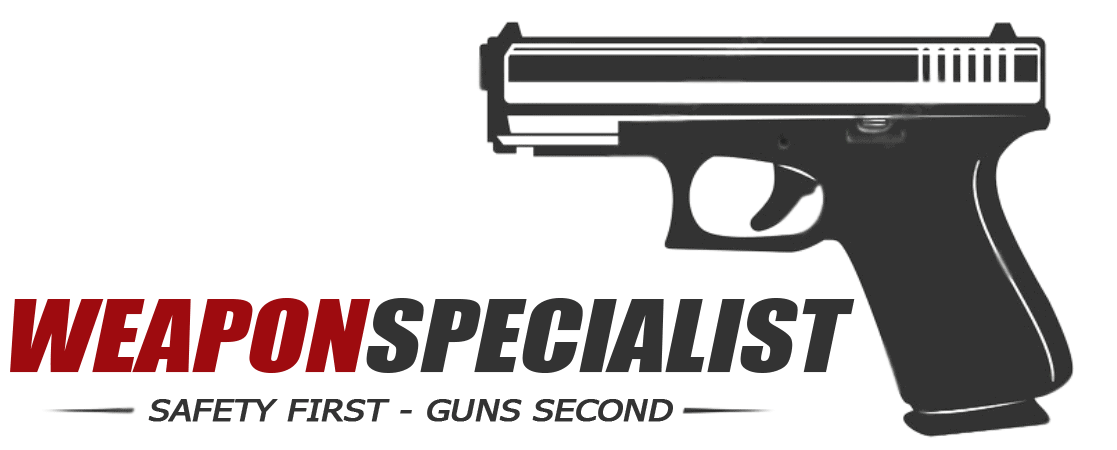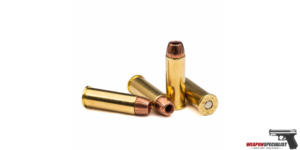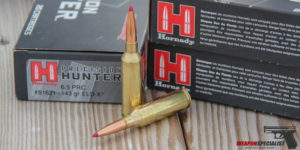In the realm of firearms, the 9mm cartridge stands as one of the most ubiquitous and versatile calibers. Its popularity stems from its balanced performance, manageable recoil, and widespread use across various platforms, from handguns to submachine guns. However, within the realm of 9mm ammunition, there exists a plethora of choices, each tailored to specific applications and preferences. In this comprehensive guide, we delve into the various types of 9mm ammunition, exploring their characteristics, uses, and advantages.
Types of 9mm ammo
Full Metal Jacket (FMJ) Ammunition:

-
- Description: Full Metal Jacket (FMJ) ammunition features a lead core encased in a copper or other metal jacket, leaving only the base of the bullet exposed. This design enhances penetration and minimizes lead fouling in the barrel.
- Applications: FMJ ammunition is commonly used for target shooting, training, and competition due to its affordability and reliability.
- Advantages: FMJ rounds offer consistent performance, reliable feeding, and are generally less expensive compared to other types of ammunition.
- Variants: Standard FMJ, Enhanced Performance FMJ (e.g., NATO-spec), and Reduced Ricochet FMJ (frangible bullets).
Jacketed Hollow Point (JHP) Ammunition:
-
- Description: Jacketed Hollow Point (JHP) ammunition features a hollowed-out cavity at the tip of the bullet, designed to expand upon impact, creating a larger wound channel.
- Applications: JHP rounds are primarily used for self-defense and law enforcement due to their superior terminal ballistics and reduced risk of over-penetration.
- Advantages: JHP ammunition offers excellent stopping power, controlled expansion, and decreased risk of collateral damage.
- Variants: Standard JHP, +P (increased pressure), and Specialty JHP (e.g., bonded bullets for barrier penetration).
Frangible Ammunition:
-
- Description: Frangible ammunition is composed of compressed powdered metal or polymer materials, designed to disintegrate upon impact with hard surfaces, reducing the risk of ricochet and collateral damage.
- Applications: Frangible rounds are ideal for training, close-quarters combat, and environments where ricochet poses a significant risk.
- Advantages: Frangible ammunition enhances safety by minimizing the risk of ricochet, making it suitable for use in indoor ranges and urban environments.
- Variants: Lead-Free Frangible, Reduced Hazard Frangible, and Barrier Blind Frangible.
Lead-Free Ammunition:

-
- Description: Lead-free ammunition replaces traditional lead projectiles with alternative materials like copper, steel, or polymer to reduce environmental impact and comply with regulations.
- Applications: Lead-free rounds are used in areas where lead contamination is a concern, such as indoor ranges, wildlife habitats, and shooting facilities near water sources.
- Advantages: Lead-free ammunition offers comparable performance to traditional ammunition while reducing environmental hazards and health risks associated with lead exposure.
- Variants: Copper Bullets, Steel Core Ammo, and Solid Copper Hollow Points.
Subsonic Ammunition:
-
- Description: Subsonic ammunition features projectiles that travel at speeds below the speed of sound (approximately 1,125 feet per second at sea level), resulting in quieter operation and reduced muzzle blast.
- Applications: Subsonic rounds are favored by suppressor (silencer) users, tactical shooters, and hunters who prioritize stealth and reduced noise signature.
- Advantages: Subsonic ammunition minimizes noise pollution, muzzle flash, and recoil, making it suitable for discreet shooting and hunting applications.
- Variants: Standard Subsonic, Match Grade Subsonic, and Subsonic Hollow Points.
+P and +P+ Ammunition:
-
- Description: +P (overpressure) and +P+ ammunition feature increased chamber pressure compared to standard loads, resulting in higher velocities and enhanced terminal performance.
- Applications: +P and +P+ rounds are utilized by law enforcement agencies and self-defense practitioners seeking maximum stopping power and penetration.
- Advantages: +P and +P+ ammunition offer superior terminal ballistics, deeper penetration, and increased energy transfer, improving the effectiveness of defensive rounds.
- Variants: Standard +P, +P+ (often restricted to specific firearms), and +P Hollow Points.
Steel-Cased Ammunition:
-
- Description: Steel-cased ammunition features a steel casing instead of the traditional brass casing. While the bullet itself may be composed of lead or other materials, the casing is made of steel.
- Applications: Steel-cased ammunition is often more affordable than brass-cased alternatives, making it popular among budget-conscious shooters and those who engage in high-volume shooting activities.
- Advantages: Steel-cased ammunition offers cost savings without sacrificing reliability or performance in many firearms. However, some firearms may experience issues with extraction or wear when using steel cases extensively.
- Variants: Various brands offer steel-cased 9mm ammunition in both FMJ and JHP configurations.
Tracer Ammunition:
-
- Description: Tracer ammunition incorporates a pyrotechnic compound in the base of the bullet, which ignites upon firing and leaves a visible trace in its trajectory, aiding in aiming and target acquisition.
- Applications: Tracer rounds are primarily used for training, tactical applications, and signaling purposes. They allow shooters to observe the flight path of the bullet and make real-time adjustments to their aim.
- Advantages: Tracer ammunition provides immediate visual feedback, especially in low-light conditions or when engaging distant targets. It can enhance training realism and situational awareness.
- Variants: Tracer rounds are typically available in both FMJ and specialty configurations, although they may be subject to restrictions in some jurisdictions due to fire risk.
Solid Copper Ammunition:

-
- Description: Solid copper ammunition features bullets made entirely of copper or copper alloys, with no lead core. These projectiles are designed for enhanced penetration, weight retention, and terminal performance.
- Applications: Solid copper ammunition is favored by hunters and self-defense practitioners who prioritize deep penetration, controlled expansion, and maximum tissue disruption.
- Advantages: Solid copper bullets offer superior weight retention, reduced fouling, and consistent expansion across a wide range of velocities. They are also environmentally friendly and comply with lead-free regulations.
- Variants: Monolithic Hollow Points, Barnes X Bullets, and Lehigh Defense Xtreme Penetrator.
Conclusion:
The world of 9mm ammunition is diverse and multifaceted, offering a plethora of choices to cater to the needs and preferences of shooters, law enforcement agencies, and military personnel. Whether for target shooting, self-defense, or specialized applications, selecting the right type of 9mm ammunition is crucial for achieving optimal performance and effectiveness. By understanding the characteristics, applications, and advantages of various 9mm ammunition types, shooters can make informed decisions and maximize their shooting experience.
Last Updated on March 12, 2024 by







